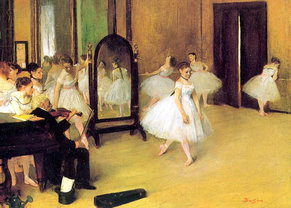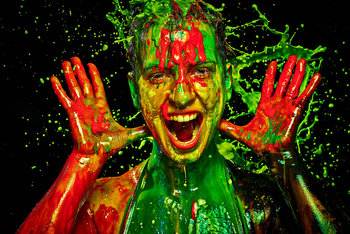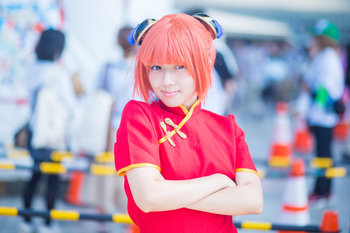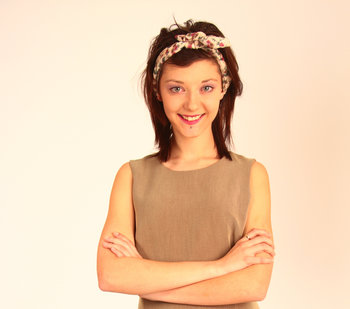
Hue
A hue is a pure color that has not been shaded with black or tinted with white.Shade
A hue mixed with black.Tint
A hue mixed with white.Tone
A hue mixed with both black and white. In other words, a hue mixed with grey.Colorfulness
The degree to which a color looks like a colorful hue as opposed to black, white or grey. This is a result of human perception and can't necessarily be measured. Colorfulness increases with brightness of a color until the color becomes too bright such that it begins to look white.Saturation
The colorfulness of an object as compared to the light levels. For example, in a dark image a color may be saturated if it stands out as somewhat bright. In a bright image, a color has to appear brighter than the rest to be considered saturated.Brightness
Brightness is the degree to which a color appears to be radiating light. For example, changing the brightness of a flat screen display can have a significant influence on the perceived lightness and darkness of colors. This is one reason why items may look different in digital photographs than they do in person based on the screen you are using and its current brightness settings.Spectral vs Non-Spectral
A spectral color is a pure wavelength of light. These are typically listed as red, orange, yellow, green, blue, indigo and violet. A non-spectral color is a color that results from mixing different wavelengths of light such as white, brown, grey and pink. It should be noted that most colors perceived as red, orange, yellow, green, blue and violet are mixes of non-spectral color. For example, RGB display technologies have no ability to display the spectral color violet but simulate this with combinations of blue and red.Temperature
People commonly view reds, oranges and yellows as being hot or warm. Greens and blues are viewed as cool. This reflects nature where greens are associated with vegetation and blue with the sky and sea. Reds, oranges and yellows are associated with hot things such as the sun or fire. Color temperature is also an area of science and engineering that looks at the ideal temperature for producing different colors in devices such as light bulbs.Harmony
Combinations of colors that are perceived as visually appealing. This can include both like colors and contrasts that are perceived positively. There is no science to color harmony as these perceptions can be subjective and are heavily influenced by culture.Complementary Colors
Complementary colors are color pairs that have maximum contrast with each other. When complementary colors are mixed they produce a grey.Symbolism
Colors are used to symbolize nature, food, ideas, ideologies, places, things, pastimes and holidays. This differs by culture and can be subjective.| Overview: Color Characteristics | ||
Type | ||
Definition | ||
Related Concepts | ||
































